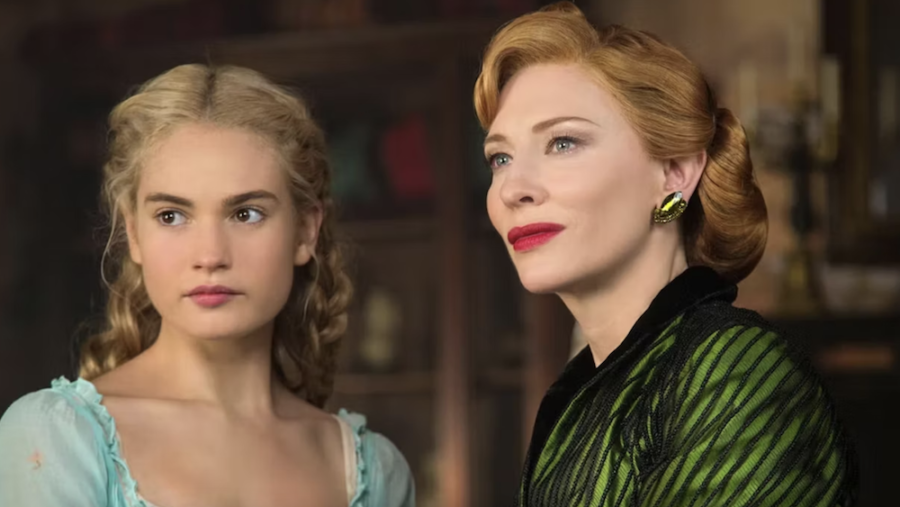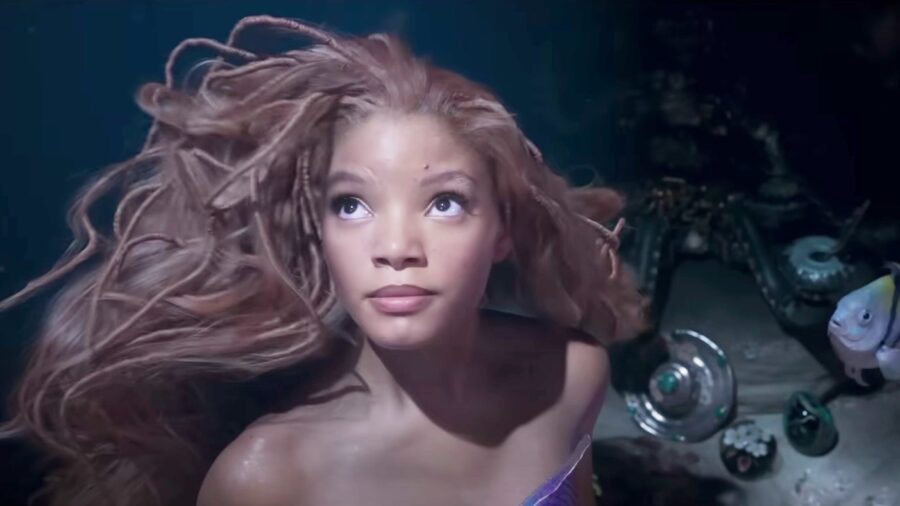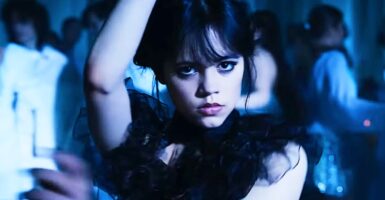The Disney Strategy That Is Destroying Their Legacy

Disney’s animated classics have enchanted generations of fans with their timeless stories and unforgettable characters. Stories like Cinderella, Beauty and The Beast, and Snow White, have been so popular that Disney decided to develop live-action remakes of these (and other) beloved tales. However, this strategy has proven to be a polarizing endeavor.
Disney remakes fall short in the kind of cultural impact of their original animated counterparts
While these Disney remakes often do well at the box, they fall short in making the kind of cultural impact their original animated counterparts achieved. Beauty and the Beast, both the animated classic and its live-action adaptation, exemplify the conundrum between staying true to the source material and exploring new creative directions.
The original Beauty and The Beast masterfully blended traditional animation with a captivating story. While the live-action version leaned heavily on nostalgia, it also managed to adhere to the original storylines. However, without significant deviations or innovations, audiences can be left craving the originality that made the animated films stand out.
Additionally, the decision to transition from classic Disney animated magic to visual realism remakes can have a profound impact on how audiences engage with the story. The animated Cinderella and Snow White films were celebrated for their whimsical, fantastical elements that transported viewers to enchanting worlds.

However, the live-action adaptations, of which there are many, occasionally missed the mark while striving for visual realism. This leads to a sense of detachment from the magical essence that defines these fairy tales. Recasting iconic roles from Disney animated classics also presents a monumental challenge for filmmakers, even if the remakes are CGI.
Live-action Disney remakes have lead to a sense of detachment from the magical essence that defines these fairy tales
The 1994 version of The Lion King showcased the power of voice acting to imbue characters with unique personalities. As a result, the Disney CGI Lion King remake faced the daunting task of casting actors who could capture the essence of the original voice cast. The problem becomes even more pronounced when the original performances are deeply ingrained in the audience’s collective imagination.
Moreover, while the original Disney animated films reflected the cultural values of their times, modernizing these stories in live-action remakes poses a different set of challenges. The original Snow White and Cinderella movies were products of their eras, and adapting them to align with contemporary sensibilities without losing their essence is a delicate balancing act.

Missteps in addressing social issues can alienate audiences, highlighting the difficulties of keeping these stories relevant while respecting their historical context. The weight of inevitable comparisons, combined with the viewer’s anticipation of reliving cherished moments, can hinder the ability of live-action Disney remakes to cement their own place in pop culture.
The steady stream of live-action adaptations has oversaturated the market in recent years and diluted the impact of each film. Whether it is The Little Mermaid, Peter Pan & Wendy, or Pinocchio (to name a few others), the results have been mixed and diminishing.
While Disney aims to capitalize on nostalgia while changing up these stories for modern viewers, the volume of remakes can lead to audience fatigue.
Rather than sparking renewed interest, oversaturation creates the impression that these live-action Disney remakes are driven by financial motives rather than artistic intent, thereby alienating fans. As the House of Mouse continues to reimagine its animated classics, finding a balance between homage to the past and innovation for the future is the key to keeping viewers interested.












